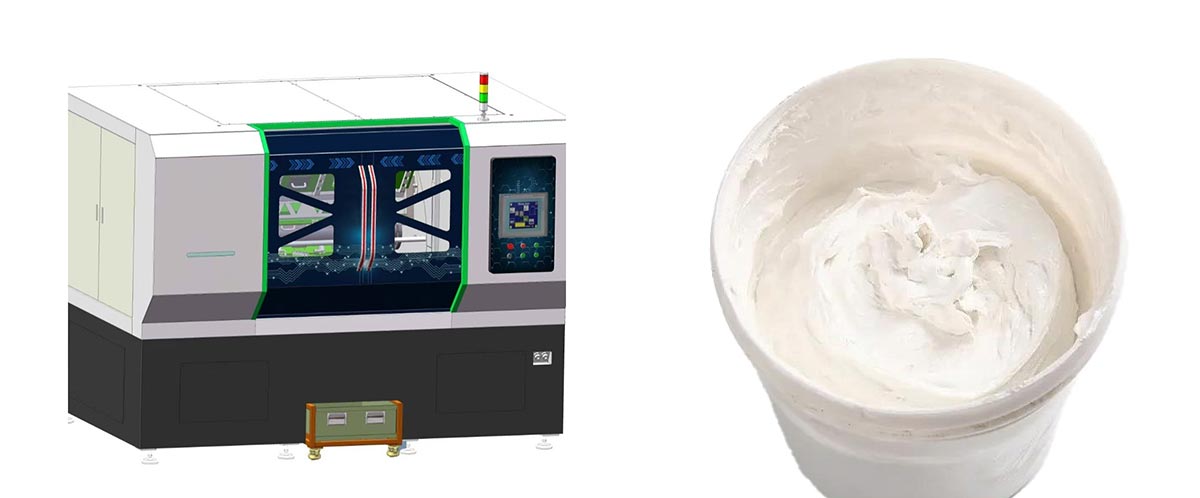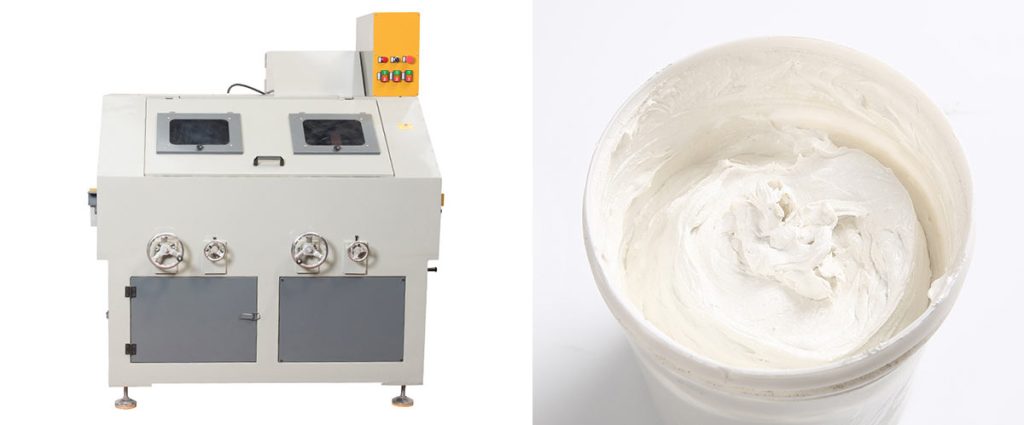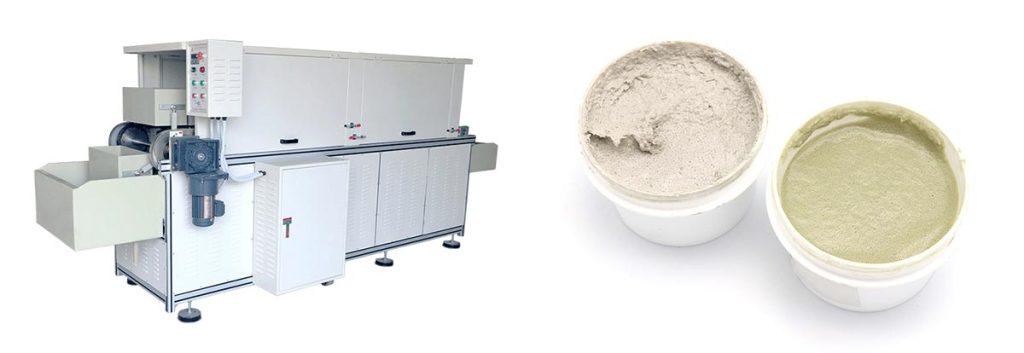

Sports gear undergoes constant stress, making durability and aesthetics critical for optimal use. A plastic polishing compound enhances these qualities by restoring surfaces and protecting them from wear. Athletes rely on polished gear to maintain performance during activities. Proper polishing methods ensure long-term quality by reducing scratches and imperfections. This process also improves the visual appeal of equipment, creating a professional finish. With the right compound, sports gear can withstand rigorous conditions while maintaining its functionality.
Key Takeaways
- Plastic polish makes sports gear stronger and look better.
- Pick the right polish for the plastic to prevent harm.
- Polishing helps gear work well and look nice.
- Check for safety labels, like Green Seal, to protect people and nature.
- Use good methods, like buffing, for steady quality in gear.
Key Performance Requirements
Durability and Wear Resistance
Sports gear faces constant exposure to physical stress, making durability a critical factor. A plastic polishing compound plays a vital role in enhancing the wear resistance of plastic parts. By smoothing out imperfections, it reduces the likelihood of cracks and scratches. This process ensures that the equipment maintains its structural integrity over time. Polished plastic surfaces also resist abrasion, which is essential for gear used in high-impact sports. Athletes benefit from gear that remains reliable and functional, even under extreme conditions.
Compatibility with Plastic Materials
Not all plastic materials respond the same way to polishing. Selecting a plastic polishing compound compatible with specific materials is essential for achieving optimal results. For instance, acrylic and polycarbonate are popular choices for sports gear due to their high-impact resistance and scratch resistance. These materials, when polished, become optically clear, enhancing both their aesthetic and functional qualities. Compatibility ensures that the polishing process does not compromise the surface quality or structural strength of the plastic parts.
Achieving Desired Aesthetic and Functional Qualities
Polishing compounds contribute significantly to both the appearance and functionality of sports gear. They enhance the surface quality by creating smooth components that improve performance. For example, a polished plastic surface reduces friction, which can enhance the user experience during activities. Additionally, the optically clear finish achieved through polishing improves the visual appeal of the equipment. This is particularly important for gear where visibility and professional aesthetics are crucial. The combination of aesthetic and functional improvements ensures that the gear meets high-quality standards.
Tip: Always test the polishing compound on a small area to ensure compatibility with the material and achieve the desired results.
Environmental and Safety Standards
Environmental and safety standards play a crucial role in the selection of plastic polishing compounds for sports gear. These standards ensure that the compounds not only perform effectively but also minimize harm to users and the environment. Manufacturers must prioritize compliance with these guidelines to meet both regulatory and ethical responsibilities.
Certifications like Green Seal provide a reliable benchmark for evaluating the environmental and safety compliance of polishing compounds. Green Seal, a nonprofit organization, establishes standards aimed at reducing the environmental, health, and social impacts of products. Products certified by Green Seal meet stringent criteria that go beyond basic regulatory requirements. These standards ensure a higher level of safety and environmental responsibility, making them a trusted choice for manufacturers and consumers alike.
Polishing compounds used on commonly polished polymers, such as acrylic and polycarbonate, must adhere to these standards to ensure safe application. These polymers are frequently found in sports gear due to their durability and optical clarity. Using certified compounds helps reduce the risk of harmful chemical exposure during the polishing process. It also ensures that the compounds do not release toxic substances into the environment.
Note: Always check for certifications like Green Seal when selecting a polishing compound. This ensures that the product aligns with environmental and safety standards, providing peace of mind for both manufacturers and users.
By adhering to these standards, manufacturers can produce sports gear that is not only durable and visually appealing but also safe for users and environmentally friendly.
Selection Criteria for Sports Gear Applications
Material-Specific Considerations
Selecting the right plastic polishing compound begins with understanding the material properties of the sports gear. Different polymers react uniquely to polishing processes, influencing the final finish and durability. For example, polycarbonate offers exceptional optical clarity and hardness, making it ideal for applications requiring polished plastic surfaces with high transparency. On the other hand, polypropylene provides flexibility and cost-effectiveness but lacks the same level of optically clear finishes.
A comparative analysis of material properties highlights these differences:
| Property | Polypropylene (molded or extruded) | Polycarbonate (molded or extruded) |
|---|---|---|
| Optical transmission | Can be high in some copolymers | Very high, comparable to high-quality glass, UV opaque |
| Hardness, Rockwell R | 20–118 | 114–126 |
| Tensile Strength, Ultimate | 9–80 MPa | 28–75 MPa |
Understanding these distinctions ensures that the polishing compound enhances the material’s inherent qualities without compromising its structural integrity.
Usage and Performance Demands

Sports gear must meet rigorous performance standards, especially in high-impact activities. Polished plastic surfaces improve functionality by reducing friction and enhancing durability. For instance, a polished helmet visor provides better visibility, while polished plastic parts in protective gear resist wear and tear.
Manufacturers should evaluate end-use requirements to determine whether aesthetic quality or functionality takes precedence. A table summarizing key criteria can guide this decision-making process:
| Criteria | Description |
|---|---|
| End-Use Requirements | Determine if aesthetic quality or functionality is more important for the application. |
| Type of Material | Consider the specific plastic material, as different polymers react differently to finishes. |
| Manufacturing Process | Ensure the surface finish is compatible with the injection molding process for optimal results. |
By aligning polishing methods with performance demands, manufacturers can produce sports gear that excels in both quality and usability.
Environmental Exposure Factors
Sports gear often faces harsh environmental conditions, including UV exposure, moisture, and temperature fluctuations. Polished plastic surfaces must withstand these challenges without degrading. Polycarbonate, for example, offers higher resistance to UV radiation and temperature extremes compared to polypropylene.
Selecting a polishing compound that complements the material’s environmental resilience is crucial. For outdoor sports gear, compounds designed for UV protection and water resistance ensure long-lasting performance. Additionally, manufacturers should consider the coefficient of thermal expansion to prevent warping or cracking under varying temperatures.
Tip: Choose compounds tailored to the environmental exposure of the gear to maintain its quality and functionality over time.
Cost and Availability
Cost and availability play a significant role in selecting the right plastic polishing compound for sports gear. Manufacturers must balance affordability with the need for high-quality results. A cost-effective compound should deliver consistent performance without compromising the durability or appearance of the gear.
The price of a polishing compound often depends on its formulation and intended application. Premium compounds designed for high-performance sports gear may cost more due to their advanced properties. These include enhanced abrasion resistance and compatibility with a wide range of plastic parts. However, investing in a higher-quality product can reduce long-term expenses by minimizing the need for frequent repairs or replacements.
Availability is another critical factor. Manufacturers should prioritize compounds that are readily accessible in their region or through reliable suppliers. Limited availability can lead to production delays, affecting the timely delivery of sports gear. Additionally, sourcing compounds from reputable suppliers ensures consistent quality and adherence to safety standards.
Bulk purchasing can help reduce costs for large-scale production. Many suppliers offer discounts for bulk orders, making it easier for manufacturers to maintain a steady supply of polishing compounds. However, smaller-scale operations may benefit from smaller quantities to avoid waste and manage expenses effectively.
Tip: Evaluate the cost-effectiveness of a polishing compound by considering its performance, durability, and compatibility with specific plastic parts. This approach ensures optimal results without exceeding budget constraints.
By carefully assessing cost and availability, manufacturers can select polishing compounds that meet their production needs while maintaining high standards of quality and performance.
Polishing Methods and Best Practices
Buffing Techniques
Buffing is one of the most common polishing methods used to enhance the surface quality of plastic parts. This technique involves using a rotating wheel or pad coated with a plastic polishing compound to smooth and refine surfaces. It is particularly effective for removing minor scratches and imperfections, leaving the material with a uniform finish.
To achieve optimal results, professionals recommend using the finest grit possible during mechanical grinding. For larger plastic parts, a 500# SiC grit is typically sufficient to minimize surface deformation. Regularly checking the surface under a microscope during the process ensures that the desired quality is achieved. This polish/check sequence helps maintain consistency and prevents over-polishing, which could damage the material.
Buffing is ideal for sports gear that requires durability and performance. For example, polished helmet visors benefit from reduced friction and improved optical clarity, enhancing both functionality and aesthetics.
Flame Polishing for High-Gloss Surfaces
Flame polishing is a specialized method used to create high-gloss finishes on plastic parts. This technique involves exposing the surface to a controlled flame, which melts and smooths the outer layer of the material. The result is an optically clear and glossy finish that enhances the visual appeal of sports gear.
This method works best on materials like acrylic and polycarbonate, which respond well to heat. However, it requires precision and expertise to avoid overheating or warping the plastic. Manufacturers often use flame polishing for equipment such as protective shields and display cases, where a high-gloss surface is essential for both aesthetics and performance.
Safety precautions are critical during flame polishing. Operators must wear protective gear and work in a well-ventilated area to minimize exposure to fumes. Proper training ensures consistent results and prevents damage to the material.
Vapor Polishing for Intricate Designs
Vapor polishing is a highly effective method for refining intricate designs and achieving a smooth, optically clear finish. This process involves exposing the plastic surface to a chemical vapor that reacts with the material, smoothing out imperfections at a microscopic level. It is particularly useful for complex shapes and hard-to-reach areas where traditional polishing methods may fall short.
Precision measurements and surface roughness analyses support the effectiveness of vapor polishing. For instance, the ZEISS LSM 900 Mat system provides 3D topography and surface roughness data, ensuring high precision and repeatability. This non-destructive optical technique allows manufacturers to evaluate the quality of the polished surface without damaging the material.
Vapor polishing is commonly used for sports gear with intricate designs, such as goggles and visors. It enhances both the performance and appearance of these items, ensuring they meet the highest standards of quality.
Tip: Always use vapor polishing in a controlled environment to ensure safety and achieve consistent results.
Tips for Consistent Application
Achieving consistent results in plastic polishing requires attention to detail and the right techniques. Manufacturers can follow specific methods to ensure polished sports gear meets high standards of quality and performance. Below are some key application methods and tips for maintaining consistency:
| Application Method | Description | Tips for Consistency |
|---|---|---|
| Machine Polishing | Utilizes machines for precision and consistency. | Choose the right machine and maintain consistent speed. |
| Hand Polishing | Involves manual techniques for delicate items. | Use fine-grained polishing agents for intricate details. |
| Electrolytic Polishing | Uses electric current for a mirror finish. | Ideal for intricate designs and enhances corrosion resistance. |
| Plasma Polishing | Employs plasma for high precision. | Suitable for micro-components and reduces deformation risk. |
Each method offers unique advantages. Machine polishing ensures uniformity, making it ideal for large-scale production. Hand polishing, on the other hand, excels in refining intricate details, such as those found in goggles or visors. Electrolytic and plasma polishing provide advanced solutions for achieving mirror-like finishes and high precision.
To further illustrate the importance of consistent application, consider these examples:
- Jewelry Applications: Hand polishing created high-gloss finishes on intricate titanium rings, showcasing exceptional craftsmanship.
- Aerospace Parts: Machine polishing delivered uniform finishes on titanium components, meeting stringent industry standards.
- Decorative Panels: A combination of machine and hand polishing produced luxurious mirror-finished panels, demonstrating versatility in application.
Tip: Always match the polishing method to the material and design of the sports gear. This ensures the final product meets both functional and aesthetic requirements.
Consistency also depends on maintaining equipment and using high-quality polishing compounds. Regularly inspecting tools and surfaces prevents errors and ensures reliable results. By following these practices, manufacturers can produce sports gear that excels in durability and appearance.

Conclusion
Choosing the right plastic polishing compound and method is essential for creating durable and visually appealing sports gear. Proper selection enhances performance, extends the lifespan of equipment, and ensures user satisfaction. Key considerations include material compatibility, environmental exposure, and application techniques. For example, sanding and polishing gelcoats require tailored approaches based on their type, such as polyester or epoxy, to achieve a smooth finish. Using dust extraction systems during sanding also minimizes health risks and improves the process.
Manufacturers should prioritize quality when selecting compounds and methods. High-quality products not only deliver better results but also reduce long-term costs by minimizing repairs. By focusing on compatibility and proper techniques, sports gear can meet the highest standards of durability and functionality.
